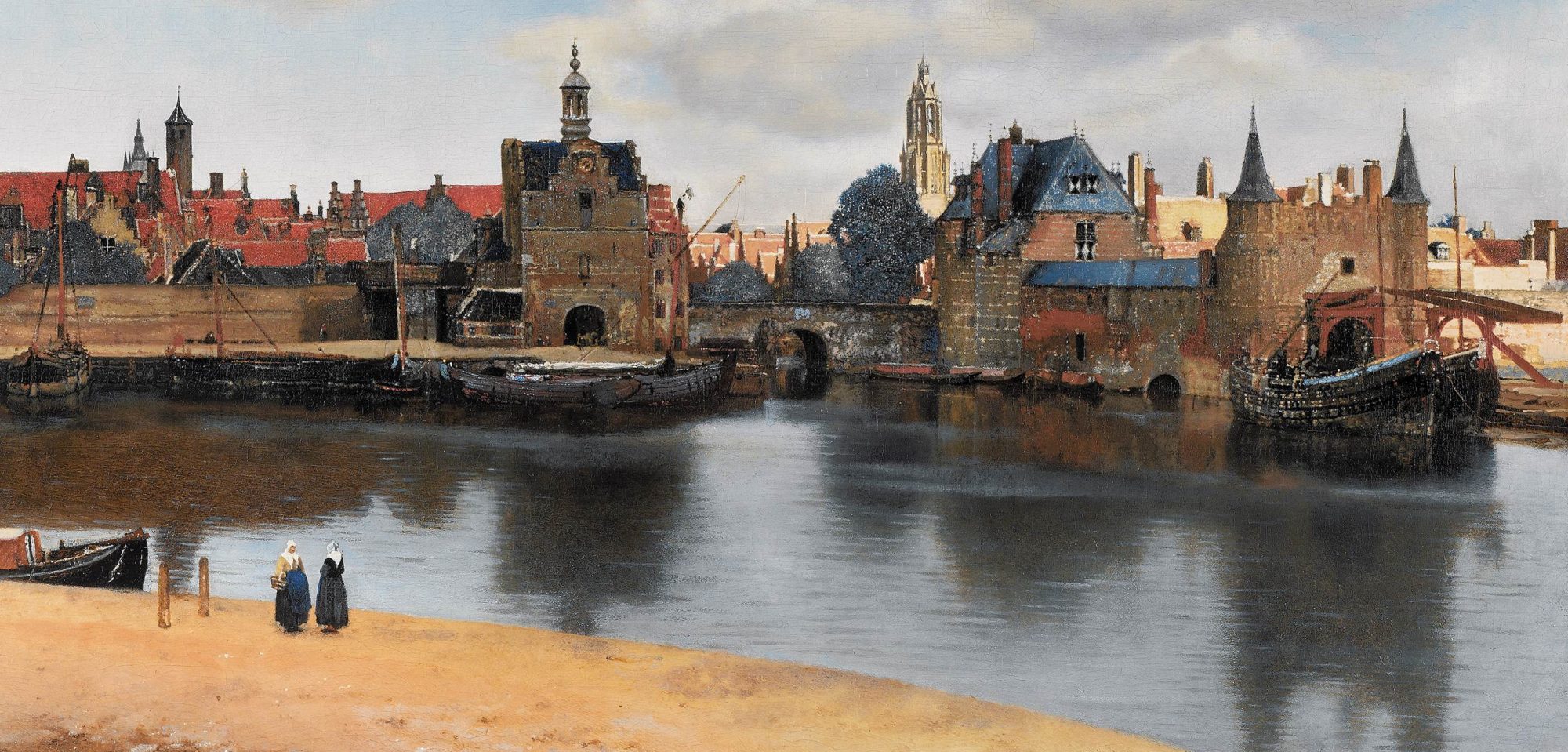Reports from this year’s Art Basel indicate how well the works of artist Joan Mitchell (1925-1992) are performing.
Joan Mitchell’s “Composition” of 1968, is reported to have been sold by gallery and dealer Hauser & Wirth to a European collector for $14 million.
Marion Maneker of Art Market Monitor suggests the “sale was arranged before the fair and concluded upon viewing.”
Nate Freeman of Artsy reports the following market-oriented observations:
“‘It was obviously a time for a correction in perception, and in price, for her – as with a lot of women.'”
Iwan Wirth, co-owner, Hauser & Wirth
“‘When you have a strong market force, the prices change – shortly, we’re going to see $20 million to $30 million Mitchells.'”
Brett Gory, co-founder, Lévy Gorvy
Gorvy observes that Mitchell (who spent much of her life in France) has long been collected by the Germans and Swiss.
“‘The new interest is everywhere else – we’ve been showing her in the Basel art fair for years…. There’s a hunger in the market. She’s being recognized as one of the greatest Abstract Expressionists, and it helps that now there’s all this interest in art made by women.'”
Howard Read, gallery co-owner, Cheim & Reid
“‘I think they could be $30 million or $50 million. If Franz Kline can be, why not Joan Mitchell?'”
John Cheim, gallery co-owner, Cheim & Reid
See:
“At Art BaselOpening, a Pair of $14 Million Joan Mitchell Sales Shows Surge in Market for Women Artists,” Nate Freeman, Artsy, 12 June 2018;
“Art Basel Sales Report,” Marion Maneker, Art Market Monitor, 12 June 2018
#art #artmarket #artbasel #joanmitchell #abstractexpressionism #contemporaryart #postwarart #collection #collector #collectionsmanagement #newyork #london #zurich #vienna #oslo #amsterdam #dubai #hongkong #seoul #tokyo #luxury #architecture #design #realestatedevelopment
